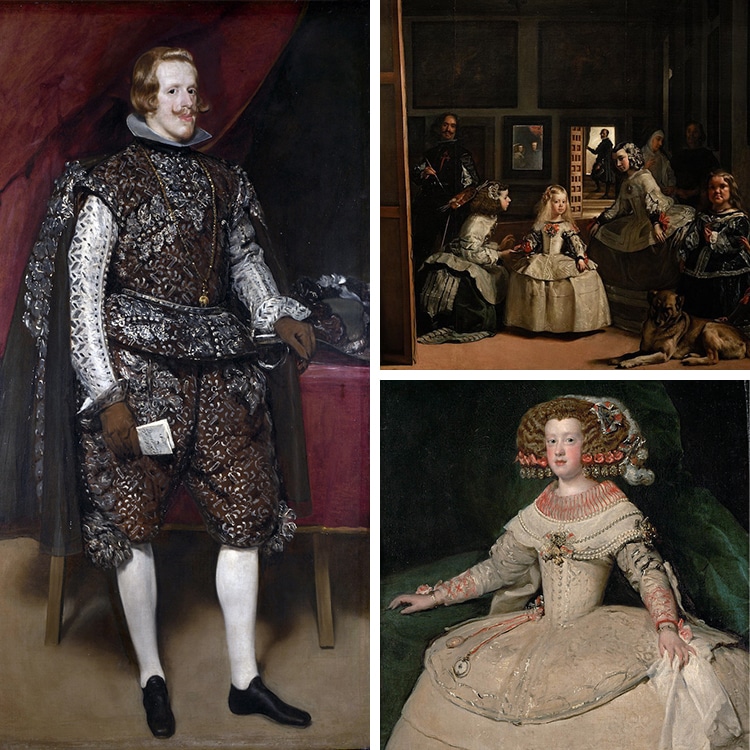
After the Renaissance, art continued to flourish throughout most of Europe. 17th-century Spain was marked by a period of creative revival known as the Spanish Golden Age, which coincided with the drama and opulence of the Baroque period. Of the many influential artists that emerged during this time, one is best known for his honest and exquisite portraits of royalty: the Spanish painter Diego Velázquez.
Employed by Philip IV of Spain, Velázquez was commissioned to create over 30 portraits of the king during his lifetime. His position as a court painter granted the artist opportunities to travel Europe and see art of the old masters, and capture some of the most prestigious people of the time. His portraits are considered to be among the finest ever made, and had a lasting impact on future artists like Manet and Picasso.
Here, we will explore the life and art of Velázquez.
Who Was Diego Velázquez?
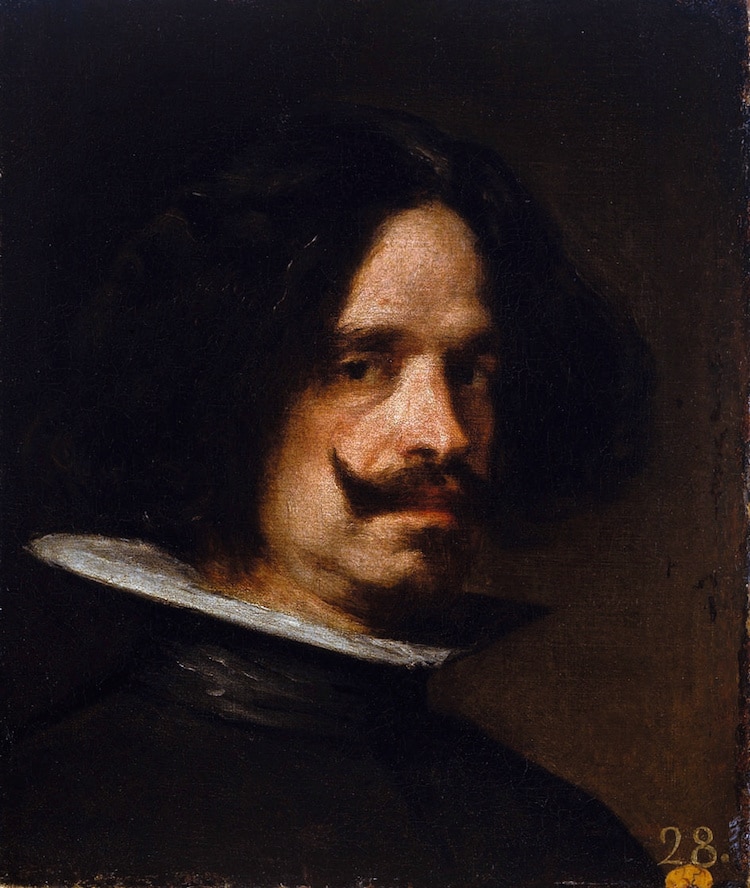
Diego Velázquez, “Self-Portrait,” c. 1640 (Photo: Wikimedia Commons, Public domain)
Diego Velázquez (1599–1660) was a prominent Spanish painter during the Baroque movement, and a major figure of the Spanish Golden Age—a period of artistic revival in Spain. Originally from Seville, he displayed a talent for art from a young age and apprenticed under a local painter in the town. In 1622, King Philip IV's favorite court painter died, and Velázquez—who was already well known—was commanded to put his foot forward and submit a portrait. Later, in 1624, the young artist moved to Madrid and became an official court painter, the first milestone in a long career with the royal Hapsburg family and many other people of power.
Court Painter
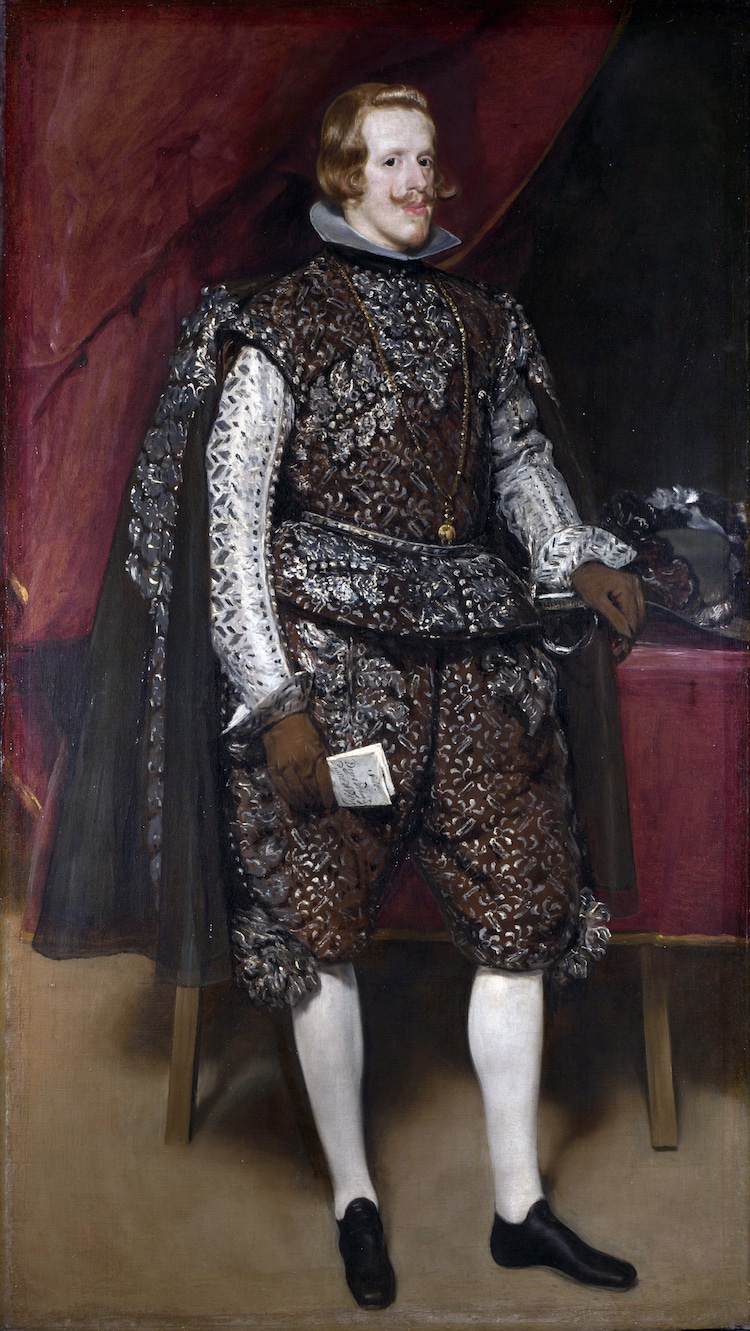
Diego Velázquez, “Philip IV in Brown and Silver,” c. 1631–32 (Photo: Wikimedia Commons, Public domain)
Philip IV of Spain (1605–1665), also called the “Planet King” by his contemporaries, was famous for his patronage of the arts. When Velázquez was first retained in the royal service, he was of similar age to the royal, and the two developed an amicable relationship. Most of Velázquez's first commissions were portraits of the king, which were intended to display the subject's affluence and stately demeanor. These images were distributed to other courts in Europe.
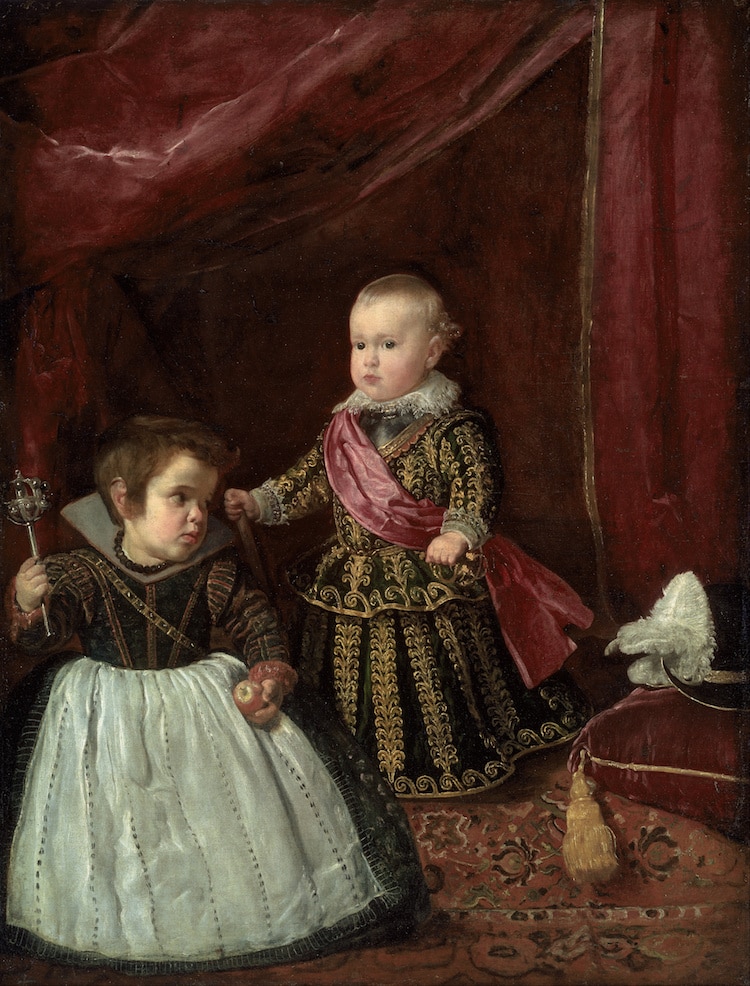
Diego Velázquez, “Prince Balthasar Charles with a Dwarf,” 1632 (Photo via Wikimedia Commons, Public Domain)
Later, when Philip IV's son Prince Balthasar Charles was born, Velázquez documented the heir in a series of realistic portraits, until the prince's death in 1646. The Spanish painter also captured the king's first and second wives and his other children. All of these works showcase the artist's mastery of tenebrism—a contrast of light and dark—and attention to detail. Velázquez wanted to portray his subjects as he saw them.
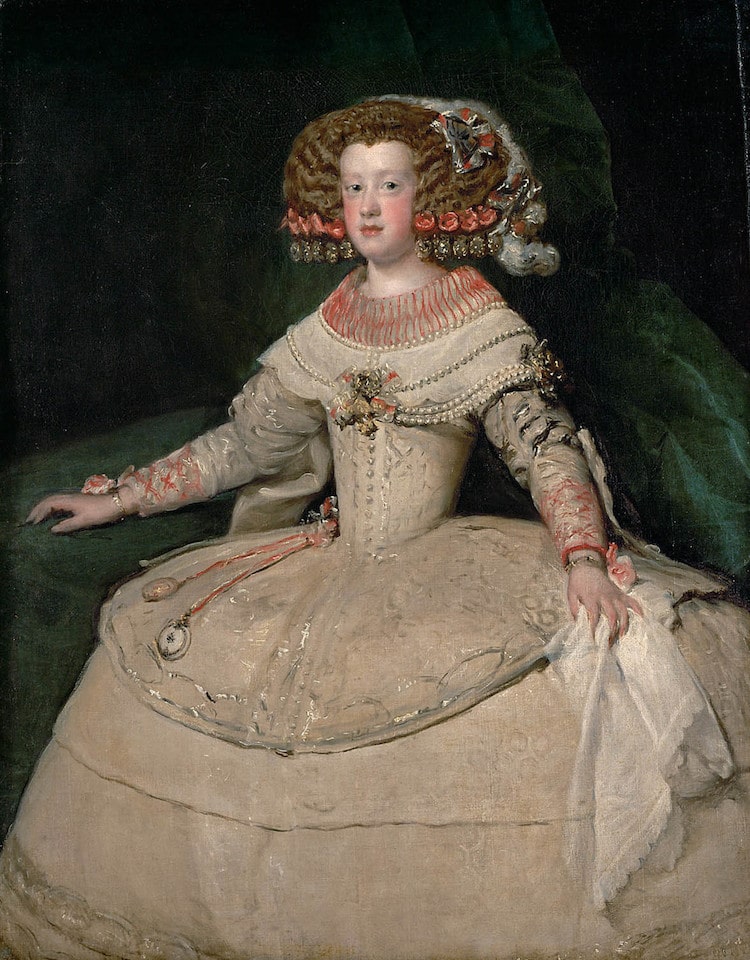
Diego Velázquez, “Portrait of the Infanta Maria Theresa of Spain,” c. 1656 (Photo: Wikimedia Commons, Public domain)
Portraiture
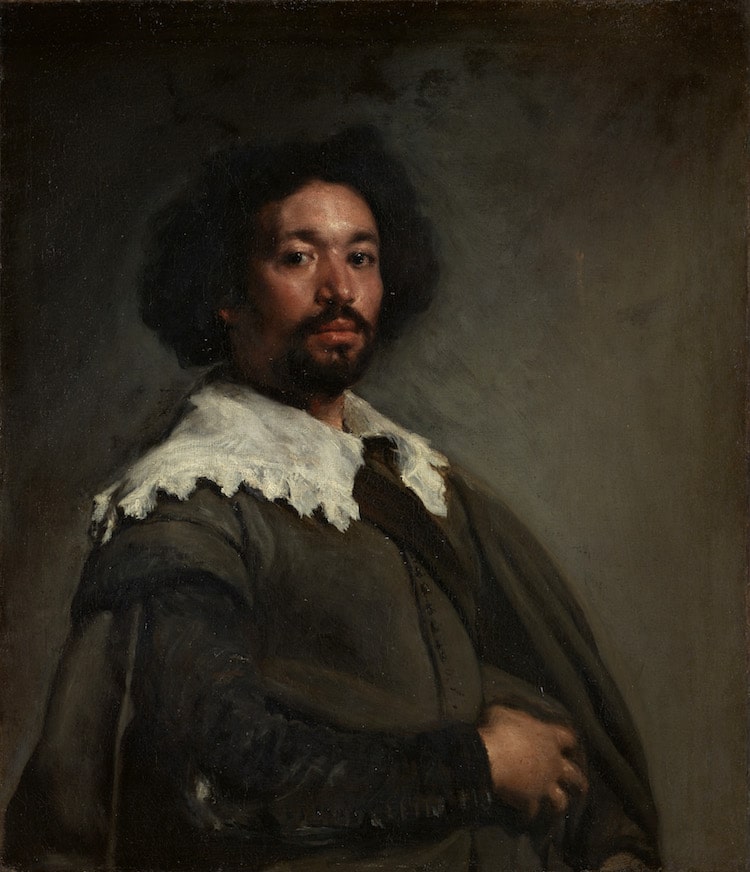
Diego Velázquez, “Portrait of Juan de Pareja,” c. 1650 (Photo: Wikimedia Commons, Public domain)
In addition to his numerous portraits of the Spanish royal family, Velázquez also made paintings of other figures, both at Philip's court and overseas. Among his other subjects were jesters, dwarves, soldiers, and poets.
During one of his trips to Italy, he was commissioned to paint a portrait of Pope Innocent X. Velázquez prepared for the occasion by painting a portrait of his assistant Juan de Pareja—a Spaniard who was born into slavery. This piece displays the Impressionist-style brushstrokes that Velázquez would employ in the portrait of the Pope, as well as a limited color palette. A couple of years later, Velázquez freed Pareja and he became an independent artist.
Velázquez was known for capturing the reality of his subjects without much flattery. In fact, when the pope saw the finished picture, he was recorded as exclaiming: “It's too true! It's too true!” Nevertheless, he accepted it, and the portrait is considered by many historians as one of the greatest portraits ever made.
Francis Bacon made his own version of this painting called Study after Velázquez's Portrait of Pope Innocent X.
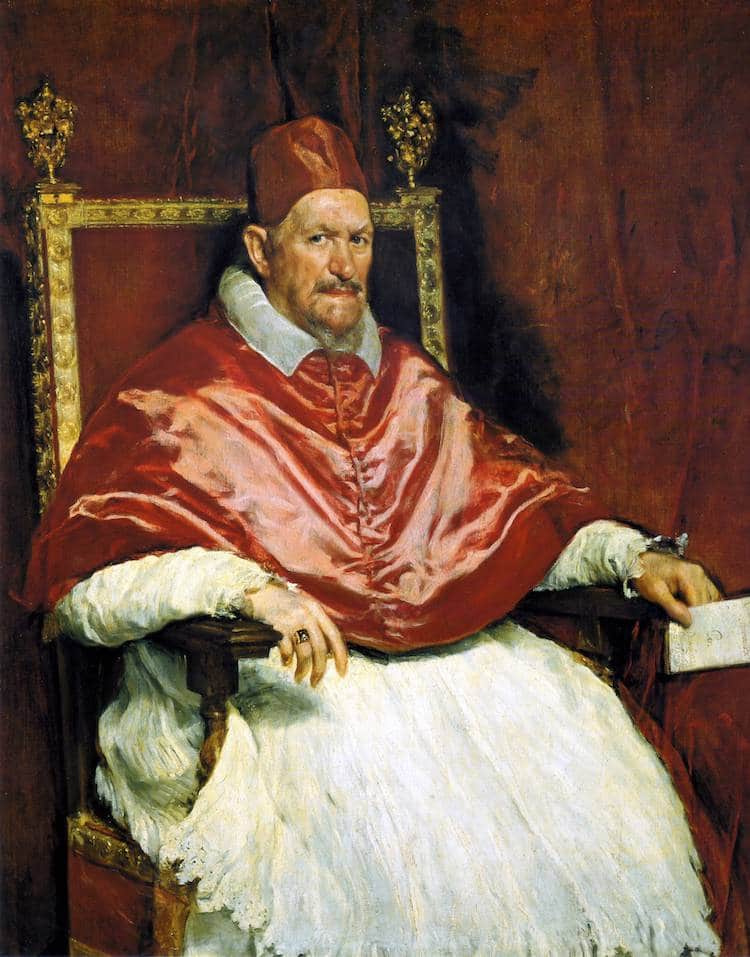
Diego Velázquez, “Portrait of Pope Innocent X,” 1650 (Photo: Wikimedia Commons, Public domain)
Late Art & Las Meninas
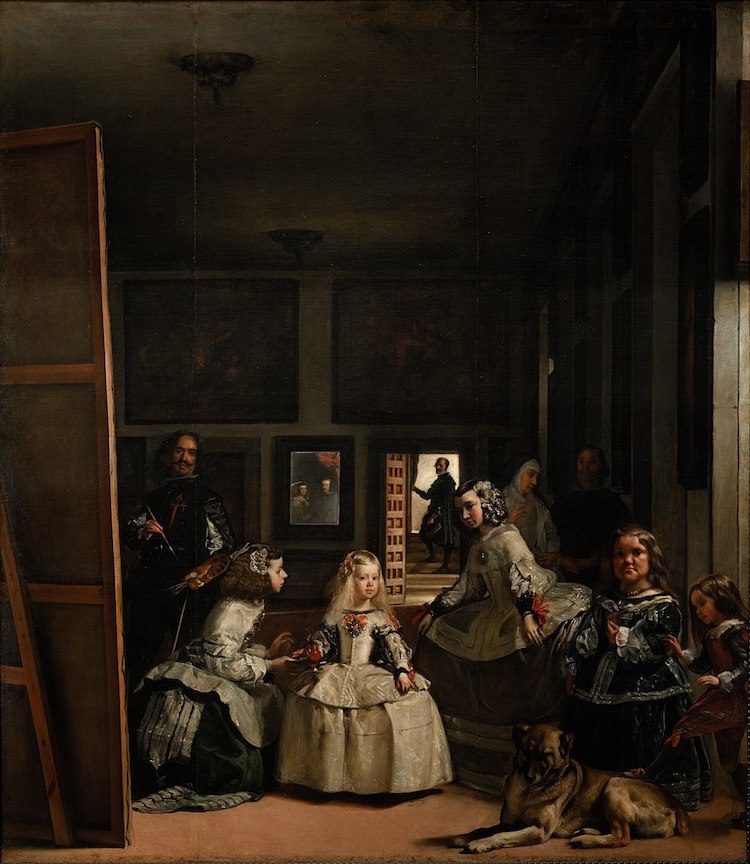
Diego Velázquez, “Las Meninas,” 1656 (Photo: Wikimedia Commons, Public domain)
After working as a royal painter for 30 years, Velázquez was a fixture of the Spanish court who had painted portraits of the entire royal family. After Philip IV remarried to Mariana of Austria, Velázquez was commissioned to make an enormous portrait of their daughter, the Infanta Margaret Theresa, to display in the king's private office.
Entitled Las Meninas, this massive and very layered painting depicts the young, 5-year-old princess in an opulent white dress, attended by her ladies-in-waiting. On the right are two dwarves and a sleeping Spanish mastiff. On the left is Velázquez himself, looking at the viewer as he paints his portrait. Additionally, the background features other characters, including the Margaret Theresa's chaperone Marcela de Ulloa discussing with a shadowed bodyguard and the queen's chamberlain José Nieto standing in the doorway. The mirror hanging on the back wall features another hidden portrait of King Philip IV and the queen.
Las Meninas is by far the most complex painting Velázquez had made at this point, displaying his incredible painting prowess and affinity for capturing his subjects in continually new and engaging ways.
Legacy
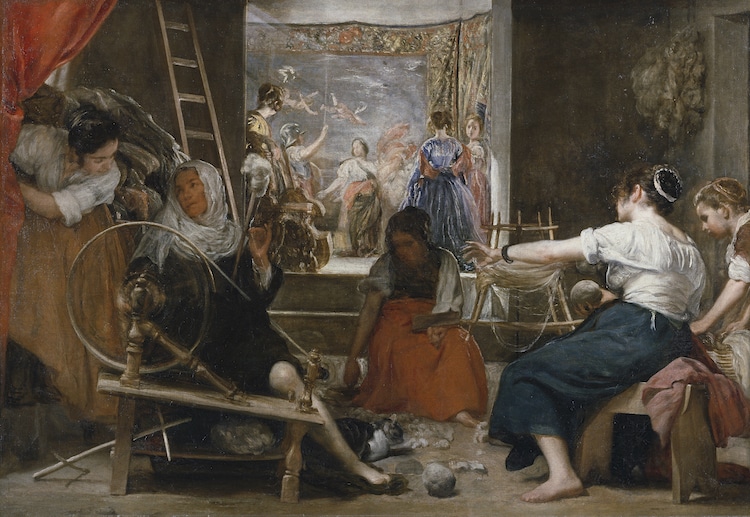
Diego Velázquez, “Las Hilanderas,” c. 1656 (Photo: Wikimedia Commons, Public domain)
Despite being a major figure during the Baroque movement, Velázquez retained a very individualist style that was rooted in expressive brushstrokes, a limited color palette, and beautiful light. He managed to capture the inner and outward reality of his many different subjects, earning the praise of art lovers throughout Europe.
Velázquez had a major impact on the course of art history, particularly in the work of Édouard Manet (who straddled the line of realism and Impressionism), Pablo Picasso, and Salvador Dalí. His masterpiece Las Meninas is considered one of the greatest paintings of all time.
Related Articles:
Learn About Peter Paul Rubens, the Influential Baroque Painter Who Pioneered the Style
Exploring the Meaning Behind Édouard Manet’s Painting ‘A Bar at the Folies-Bergère’
The History and Mystery of ‘Las Meninas’ by Diego Velázquez
20 Famous Paintings From Western Art History Any Art Lover Should Know






















































































